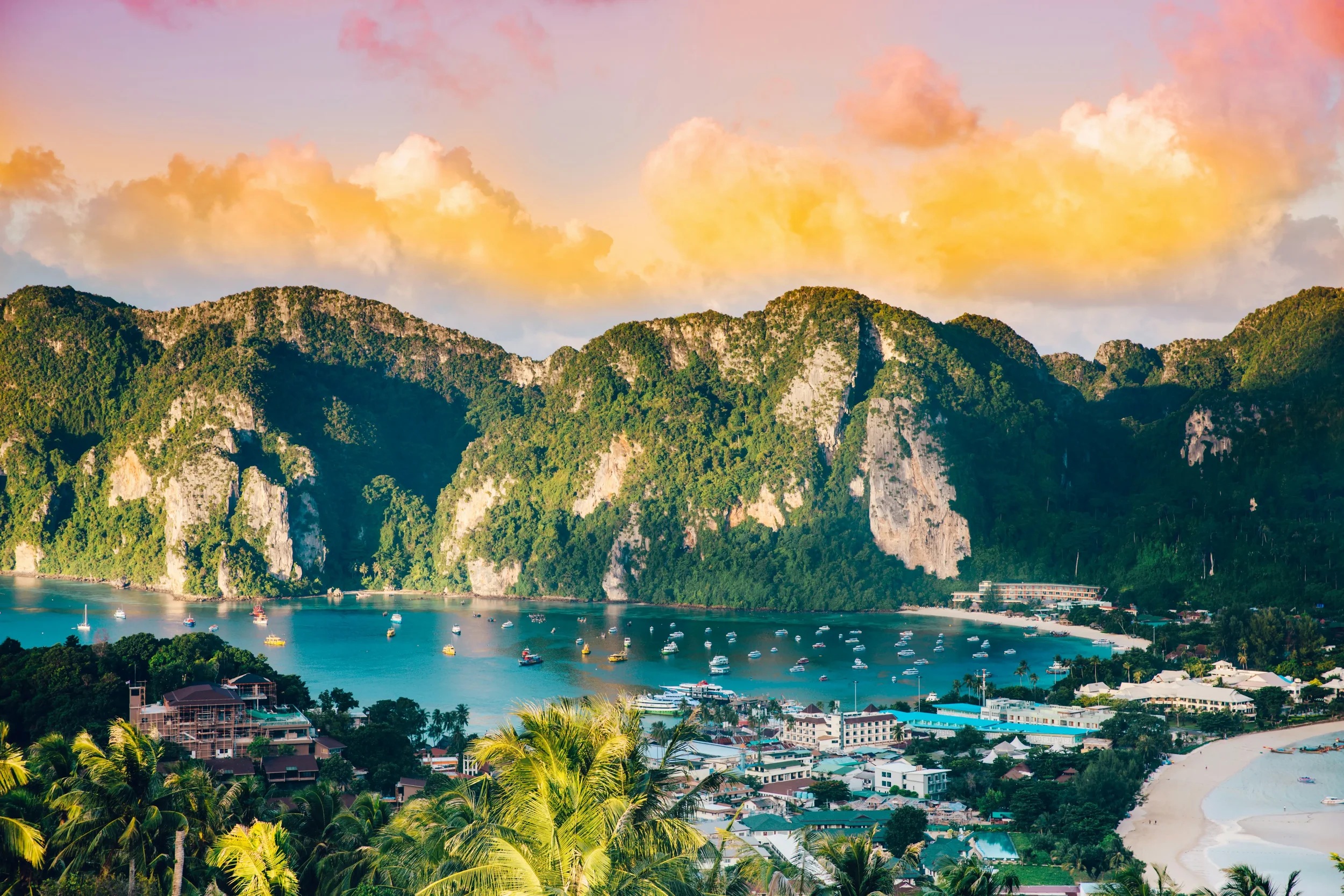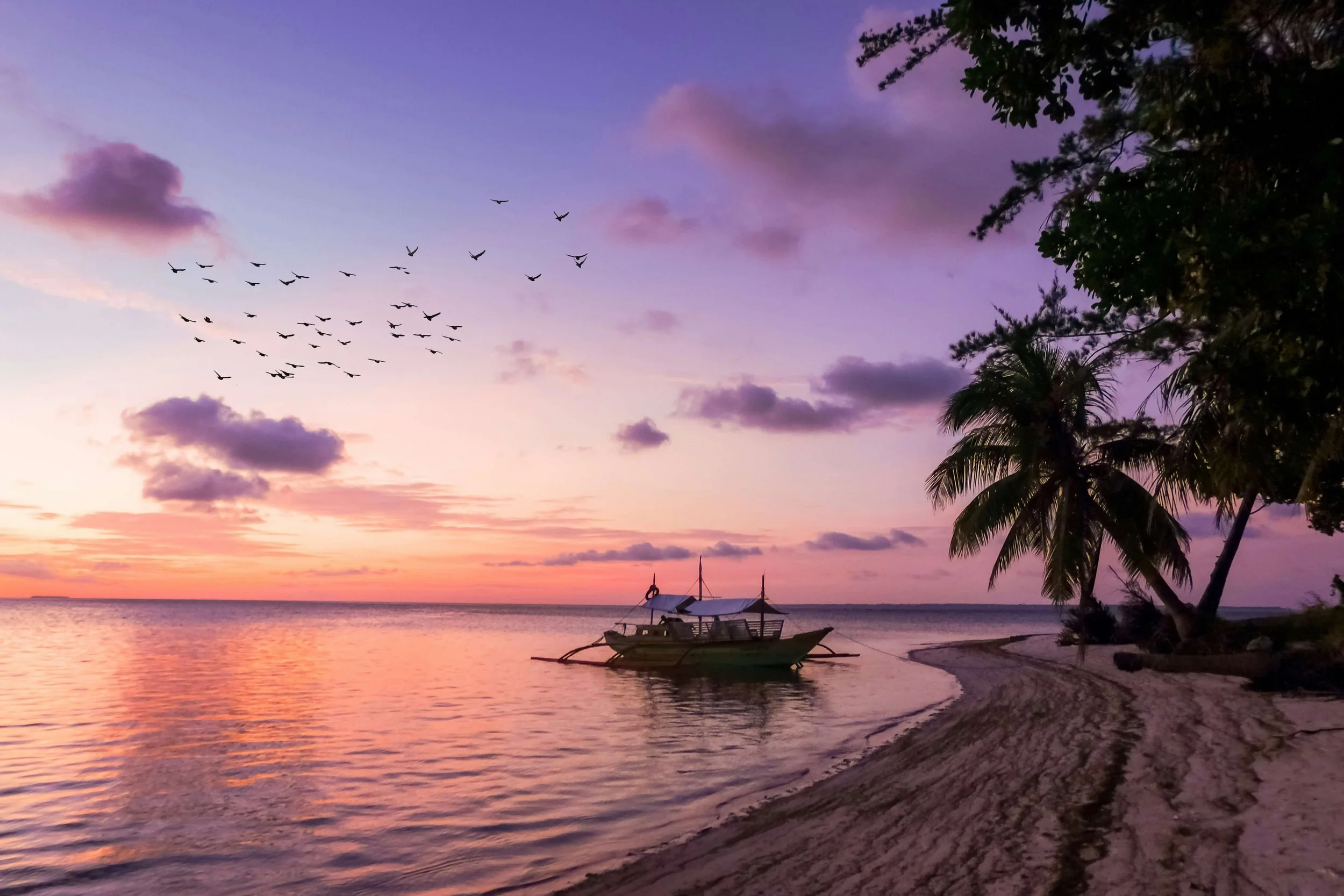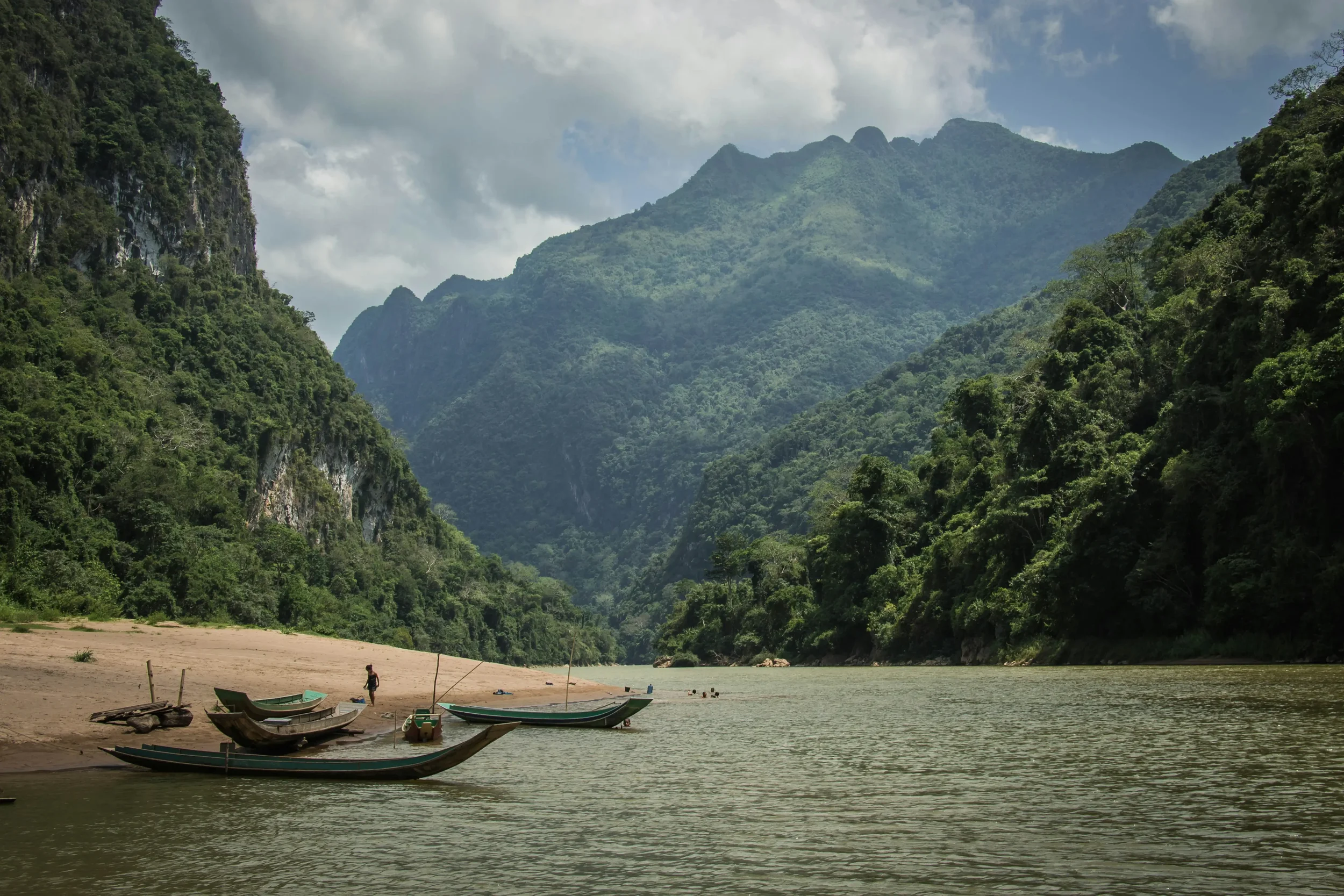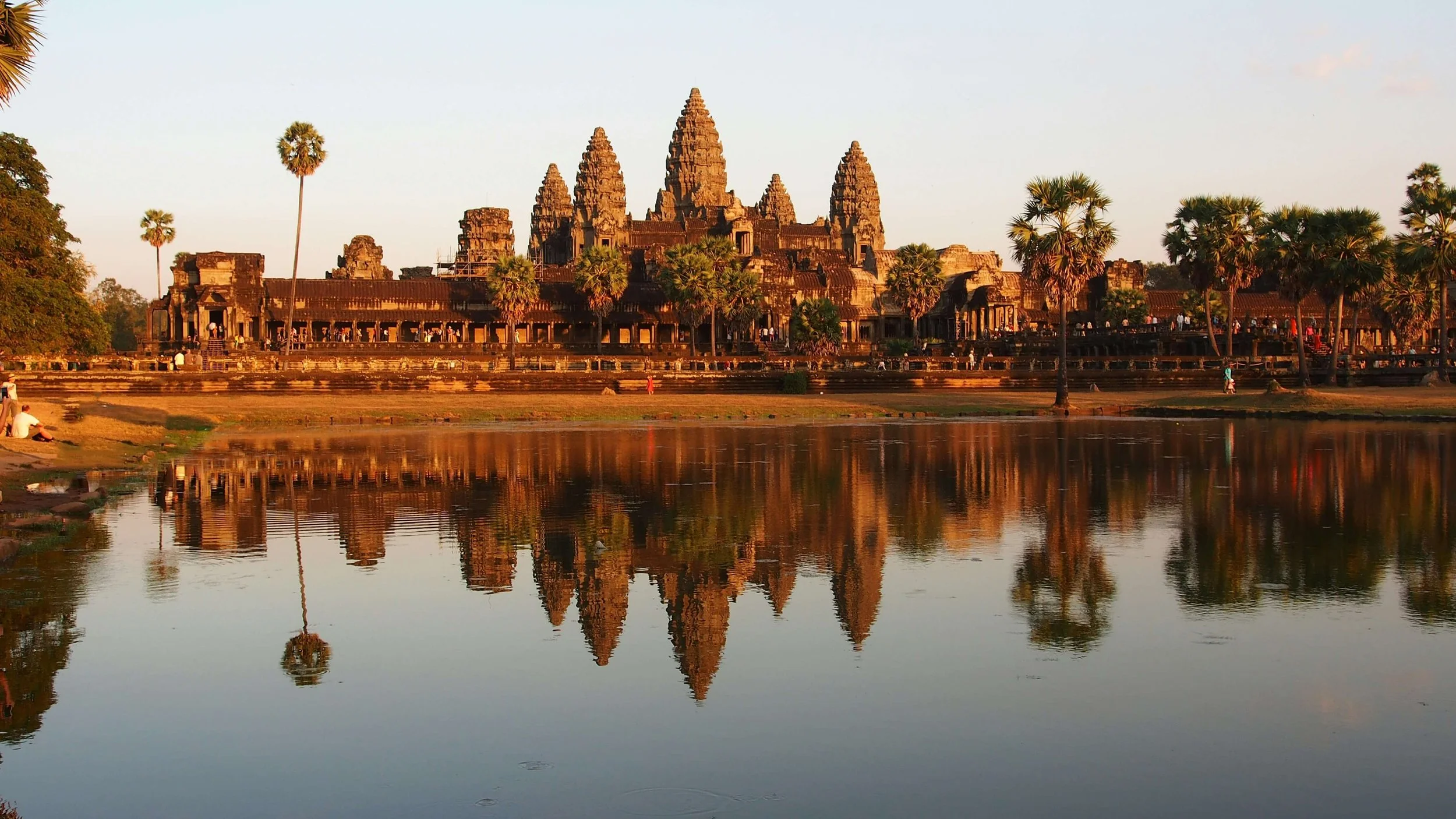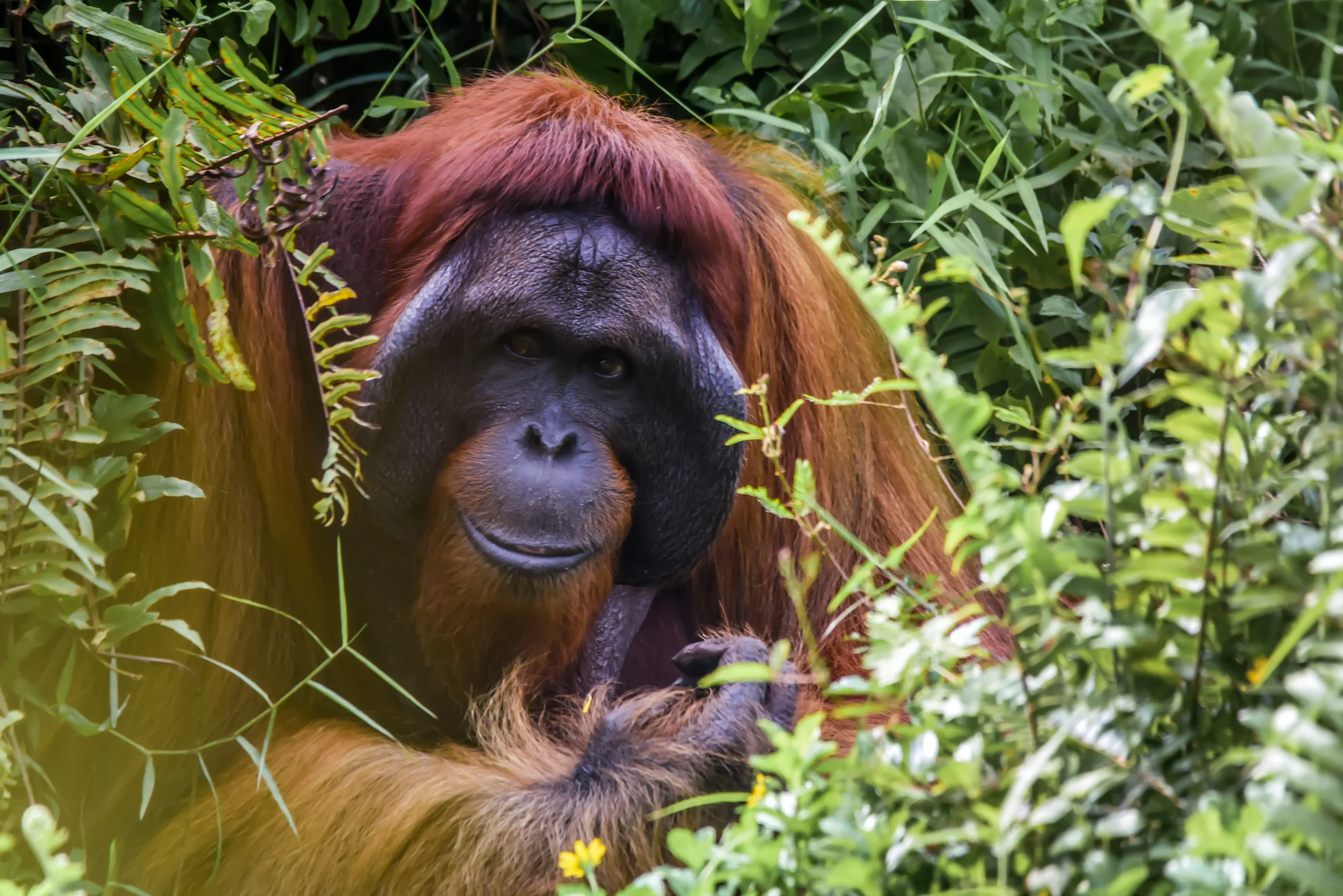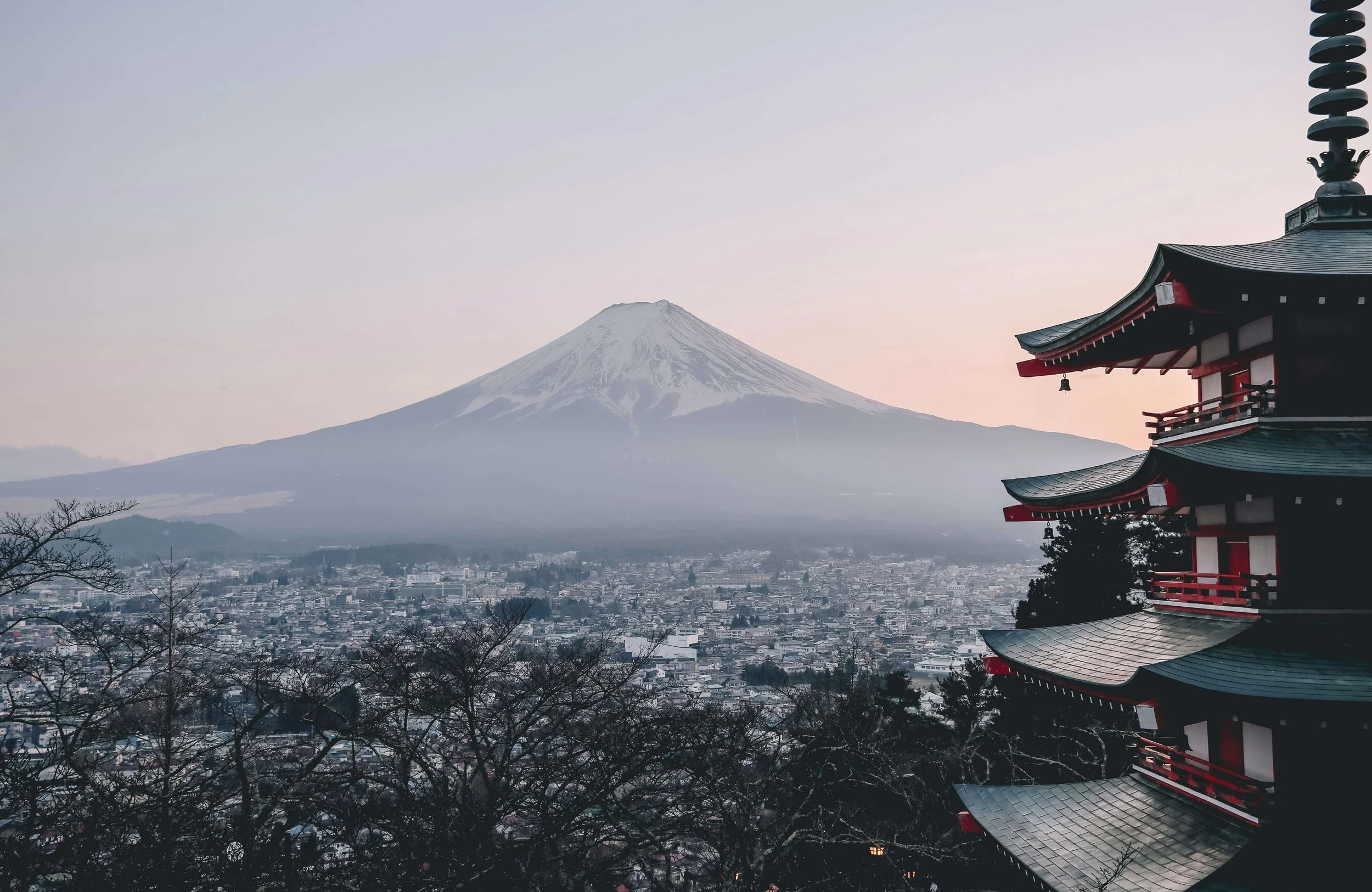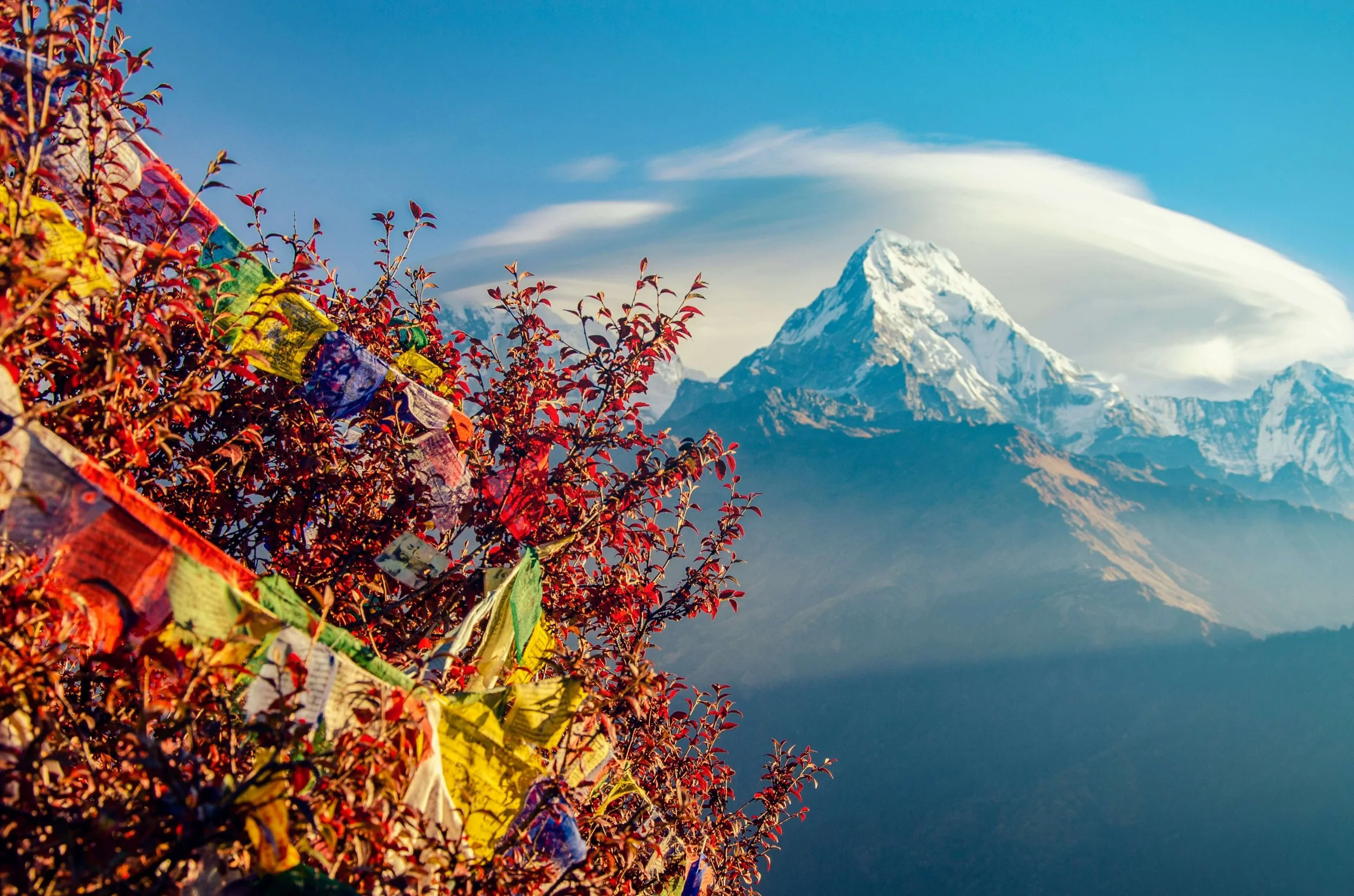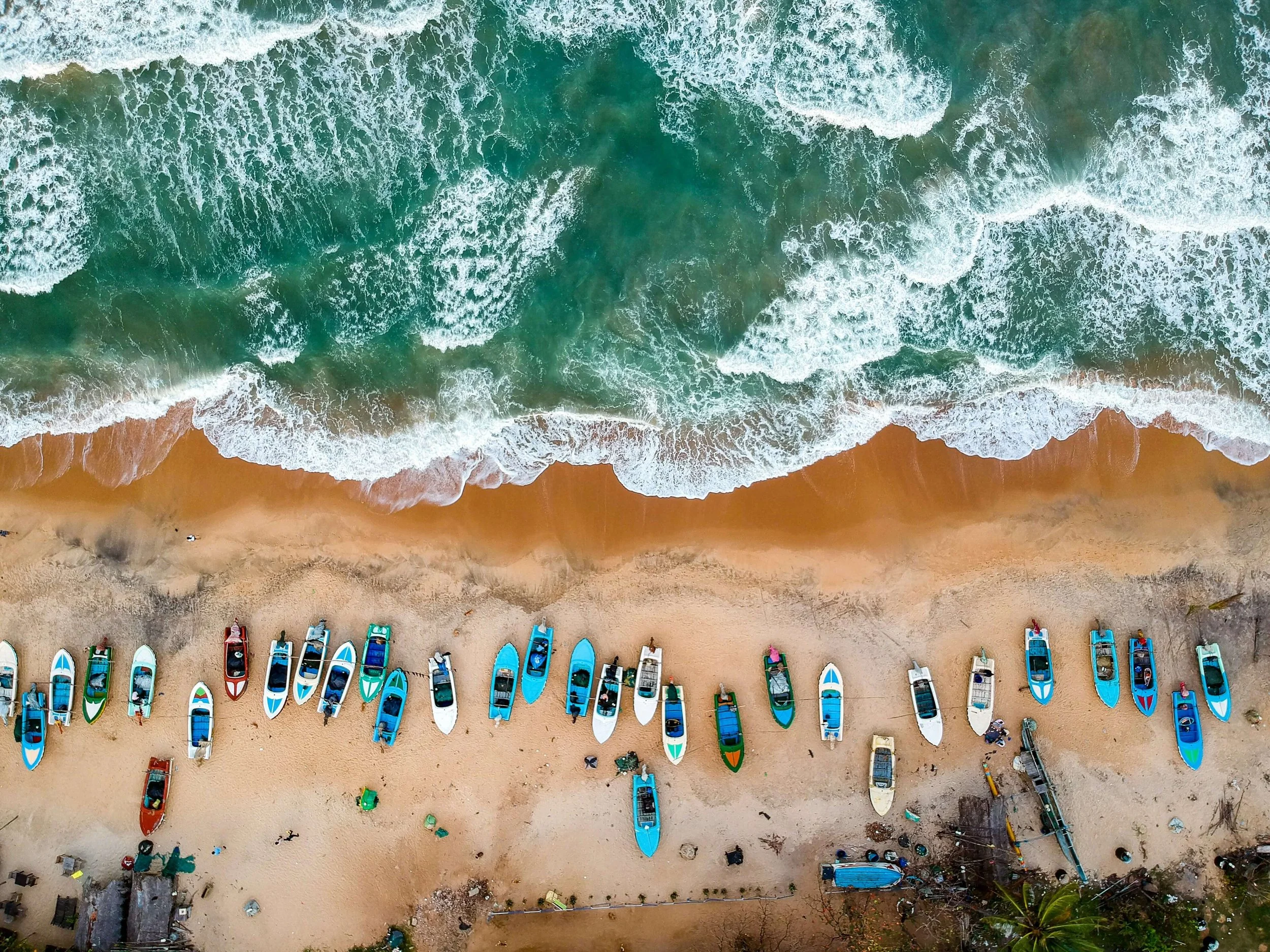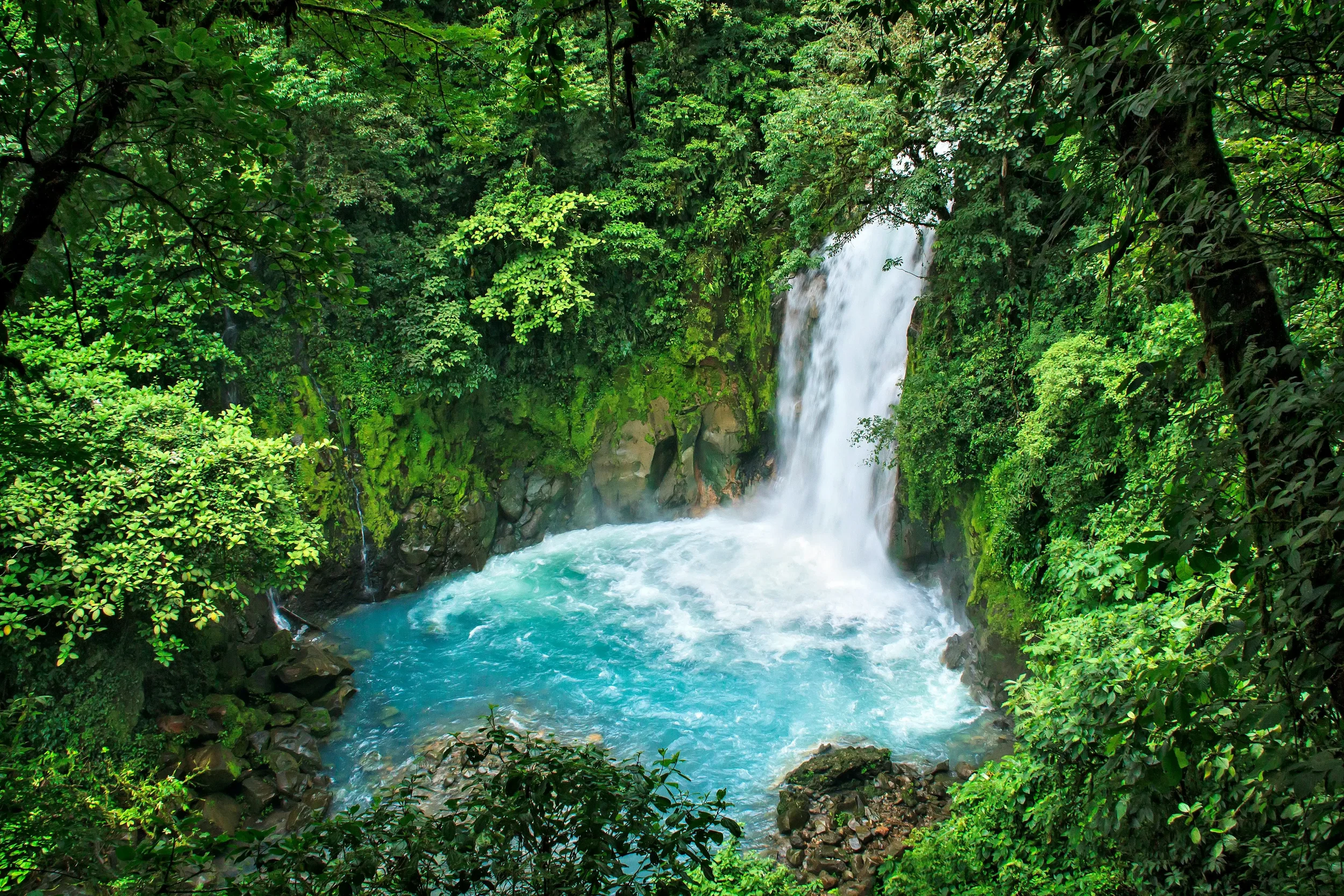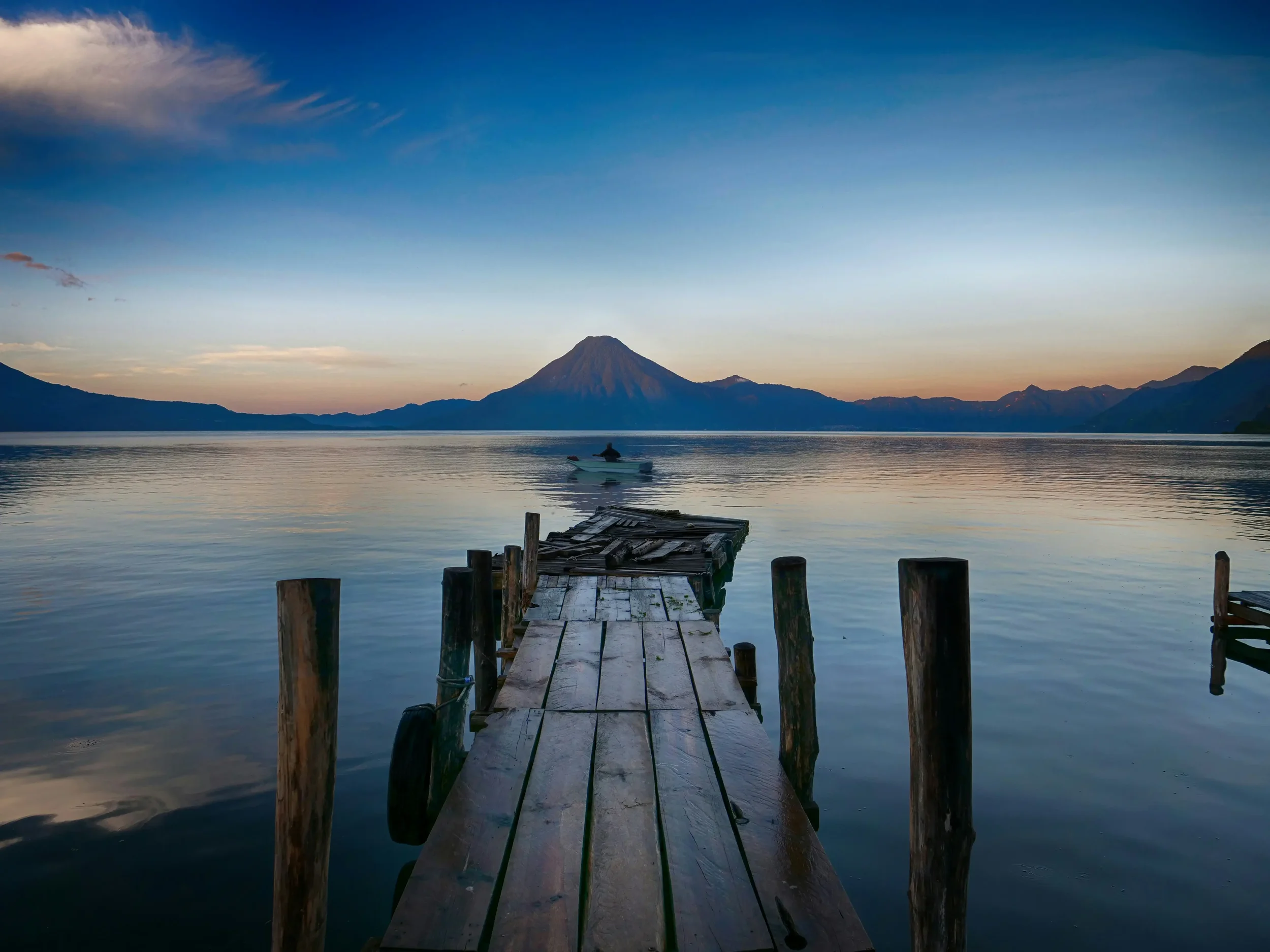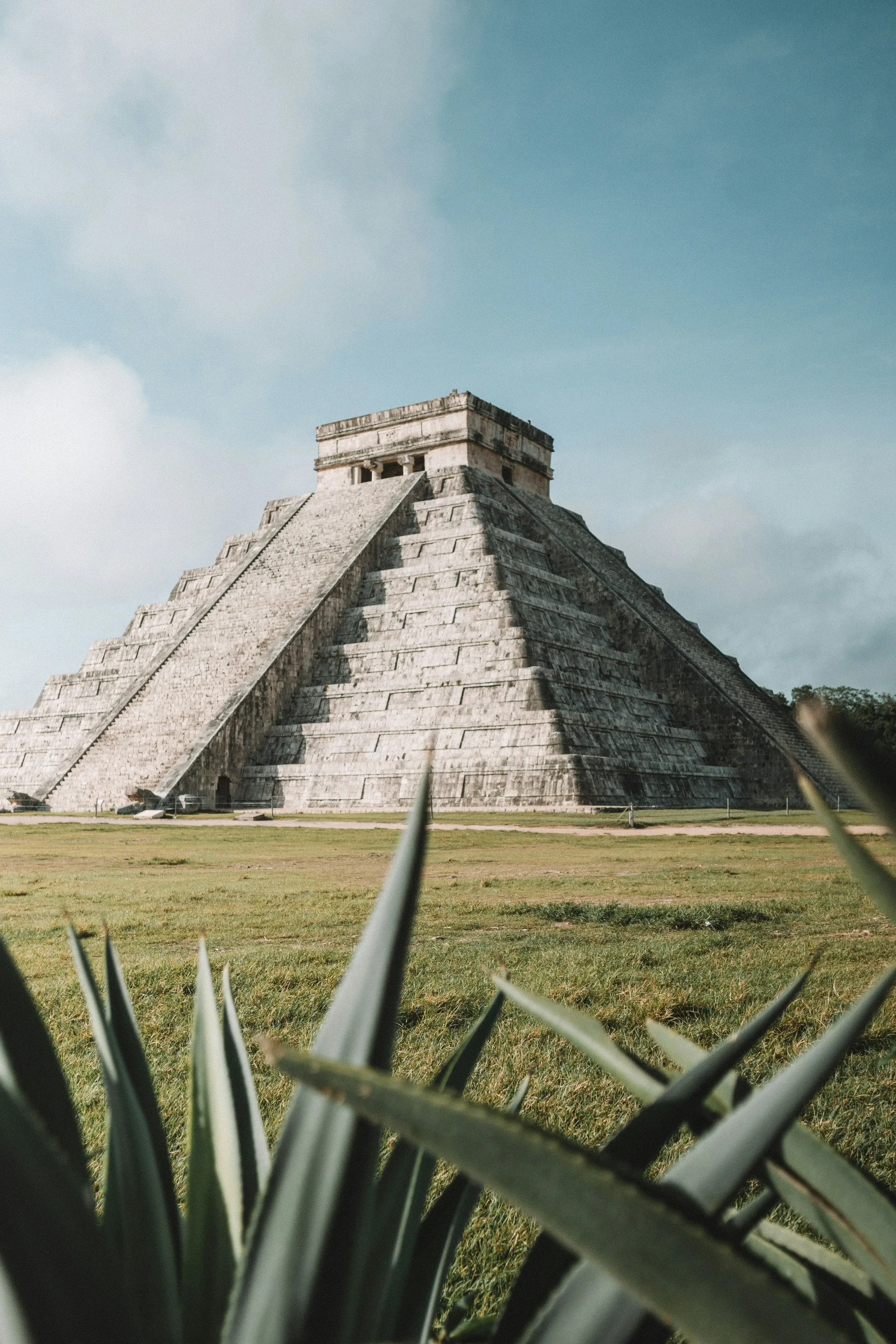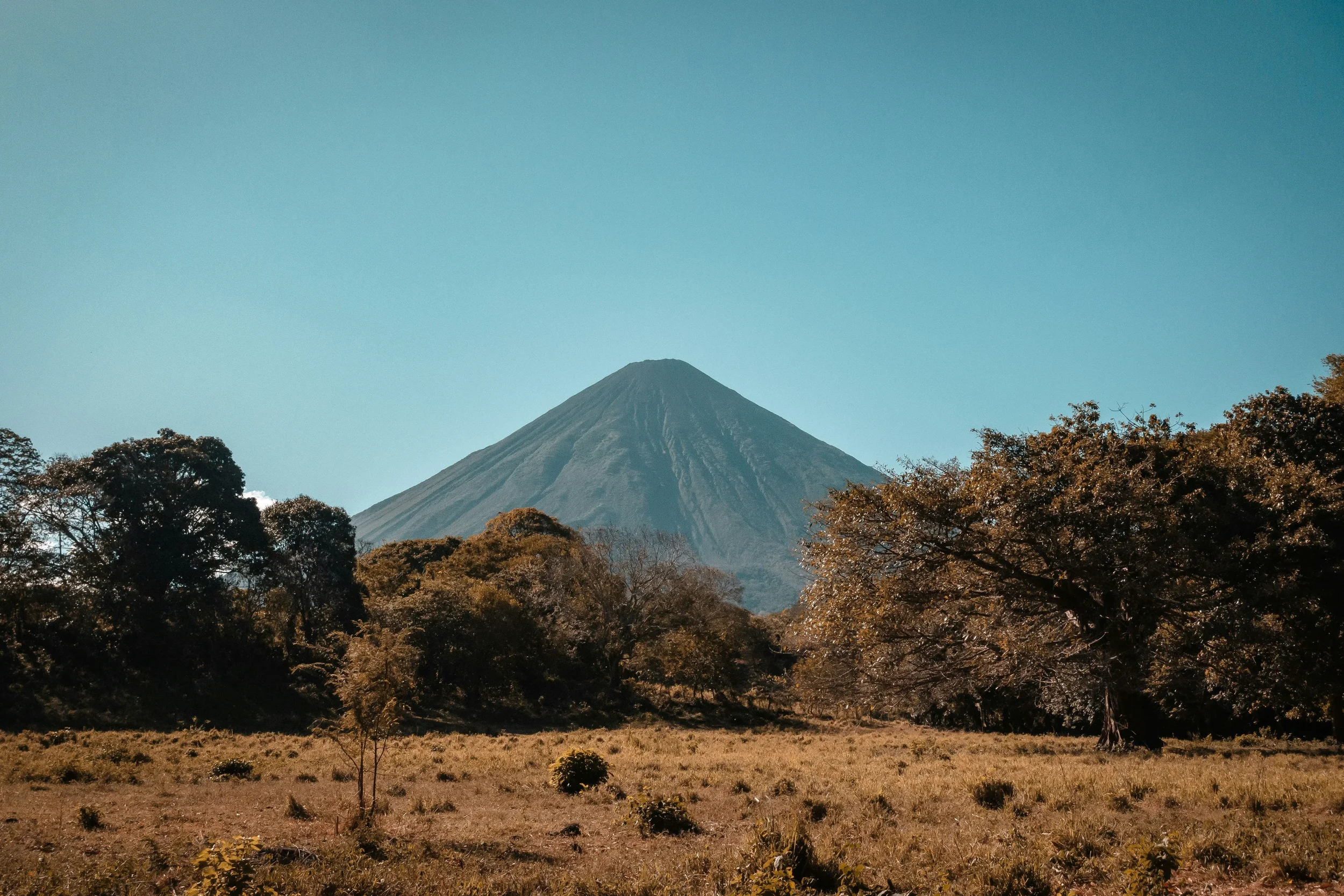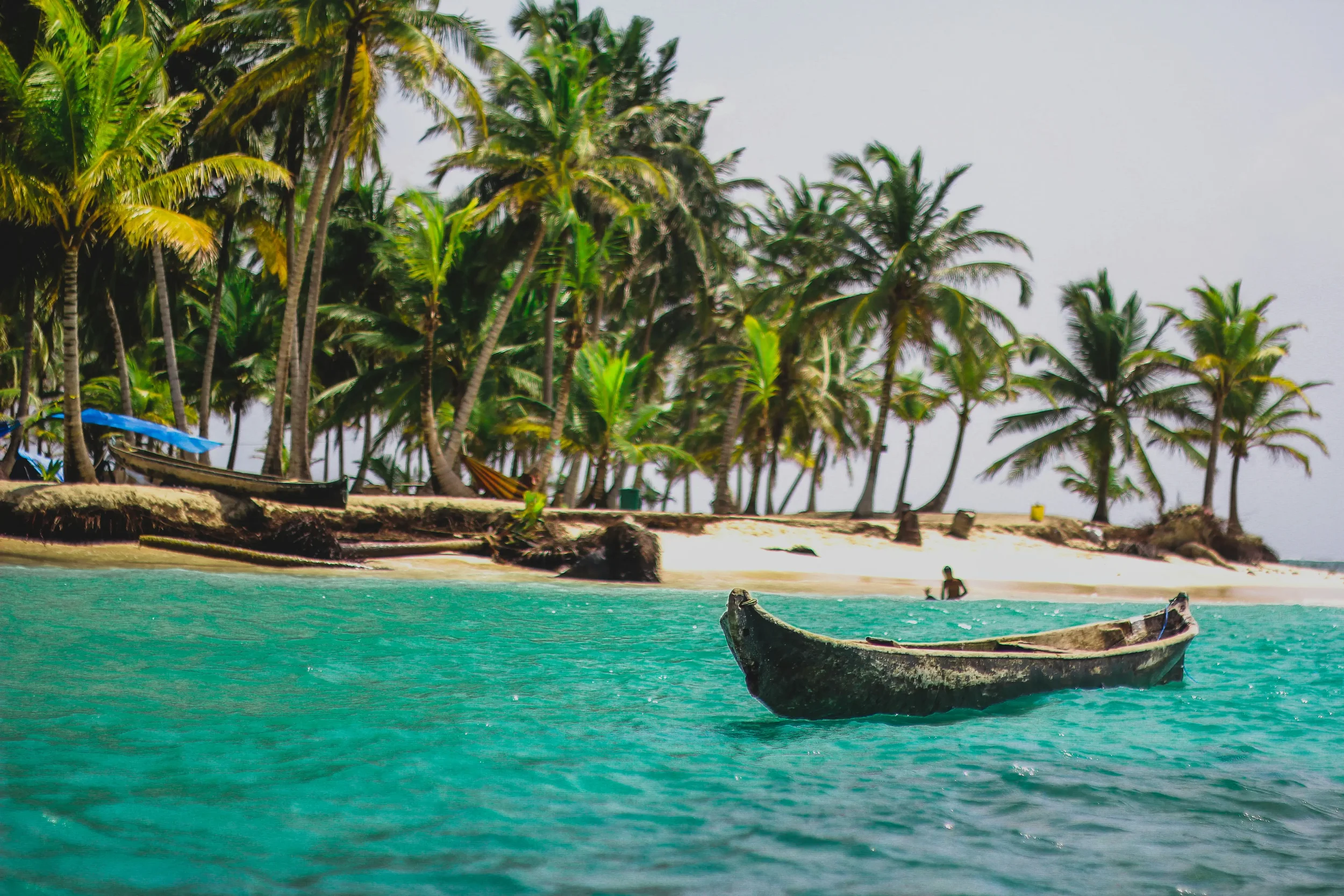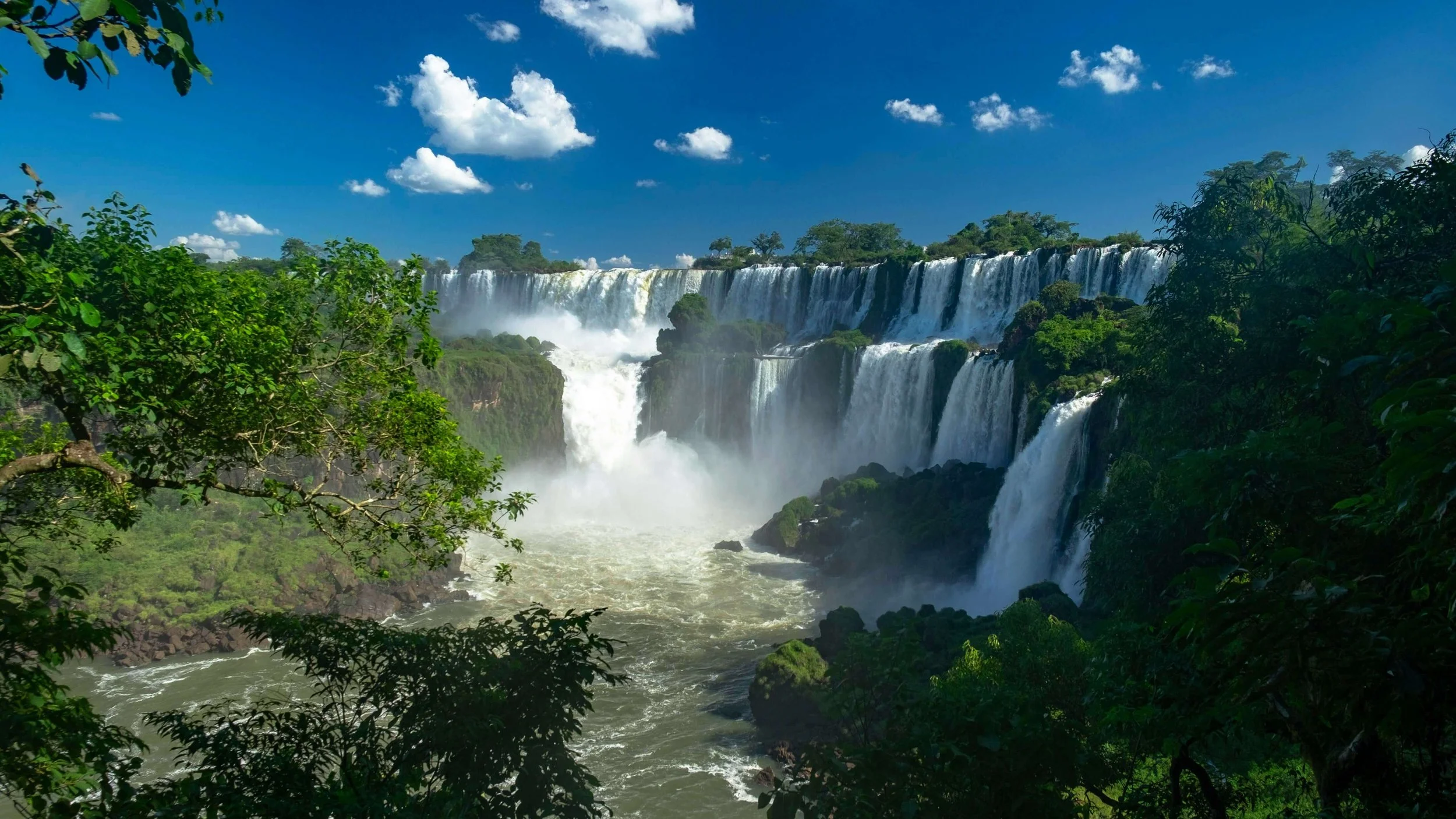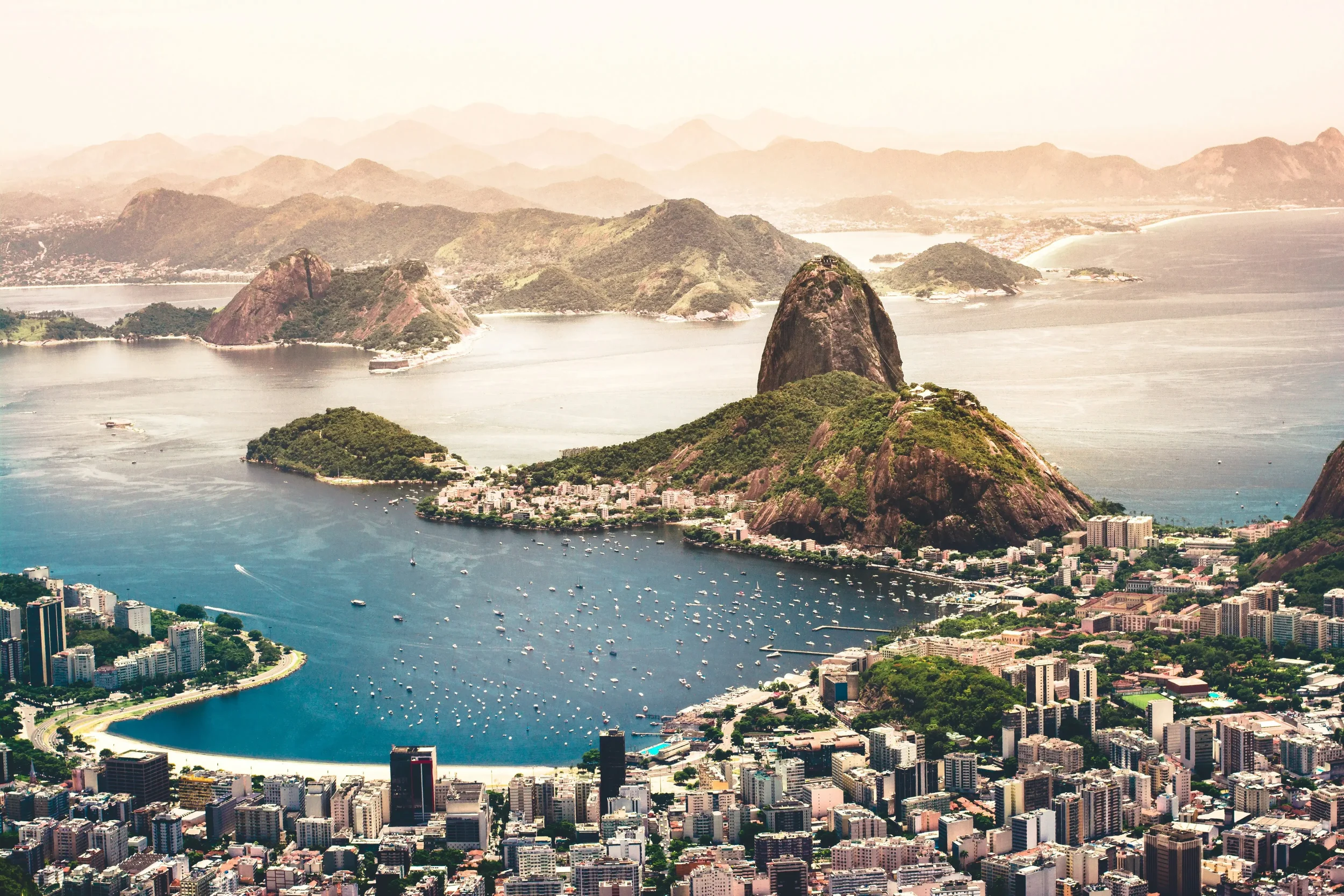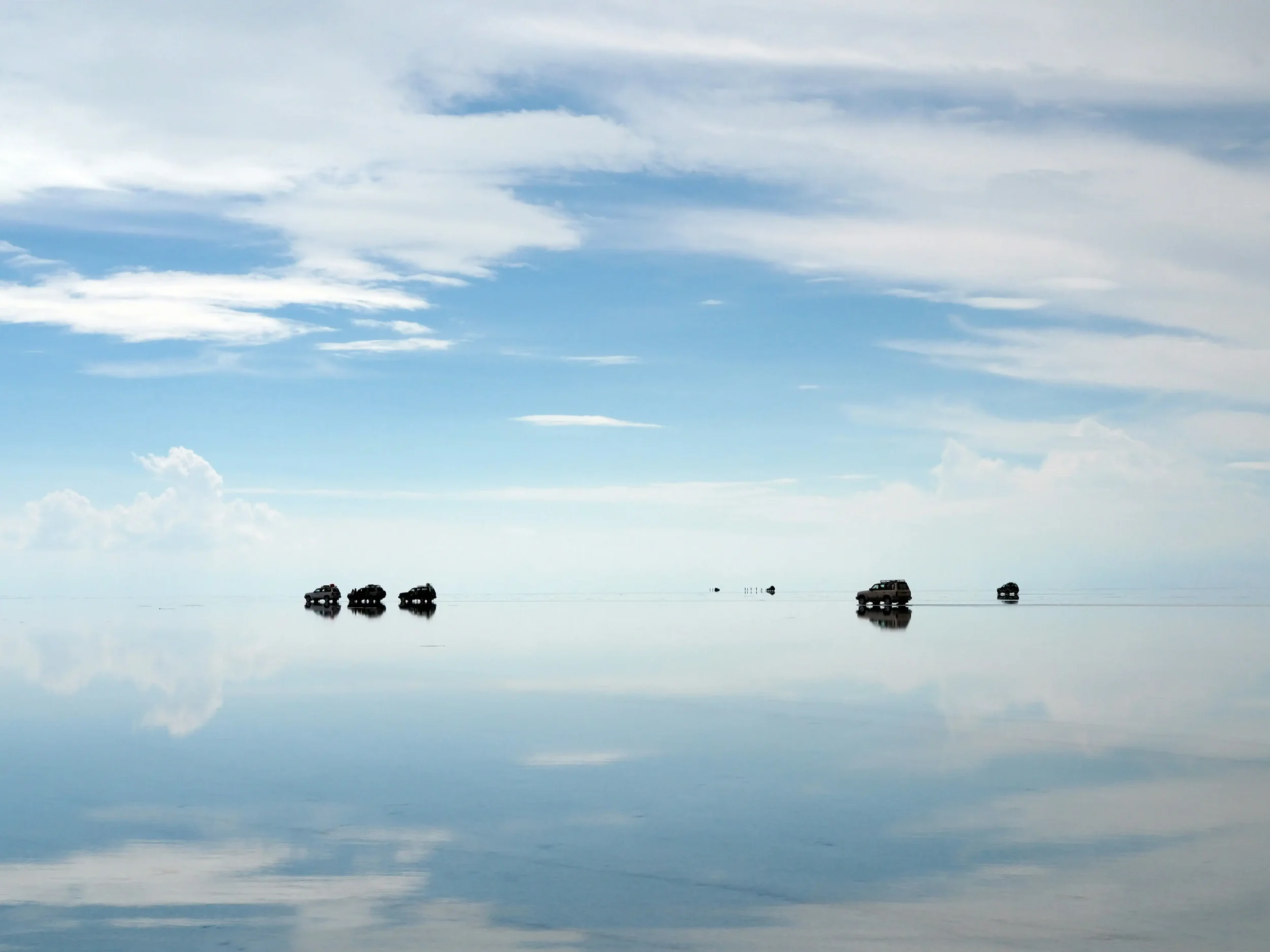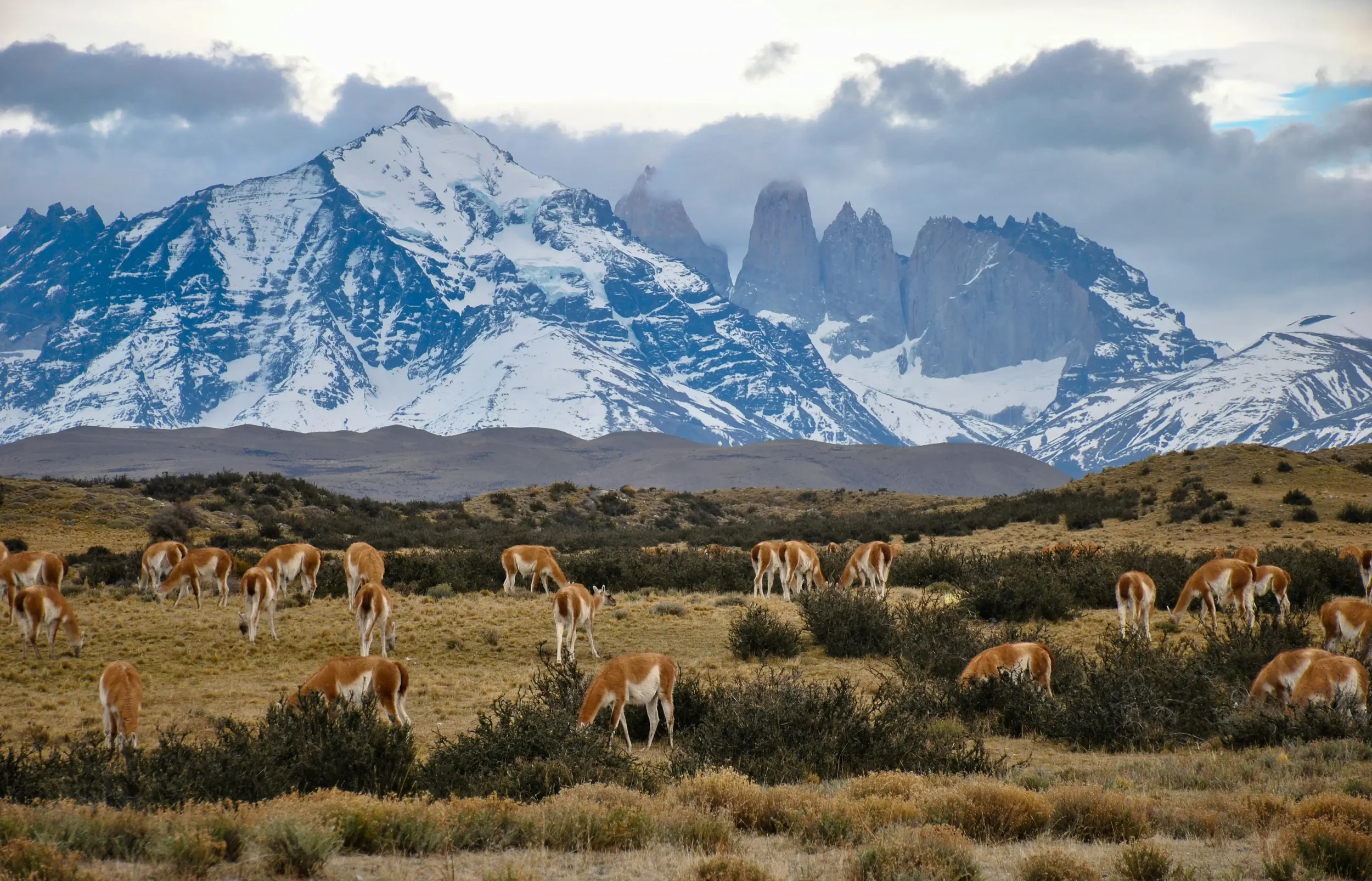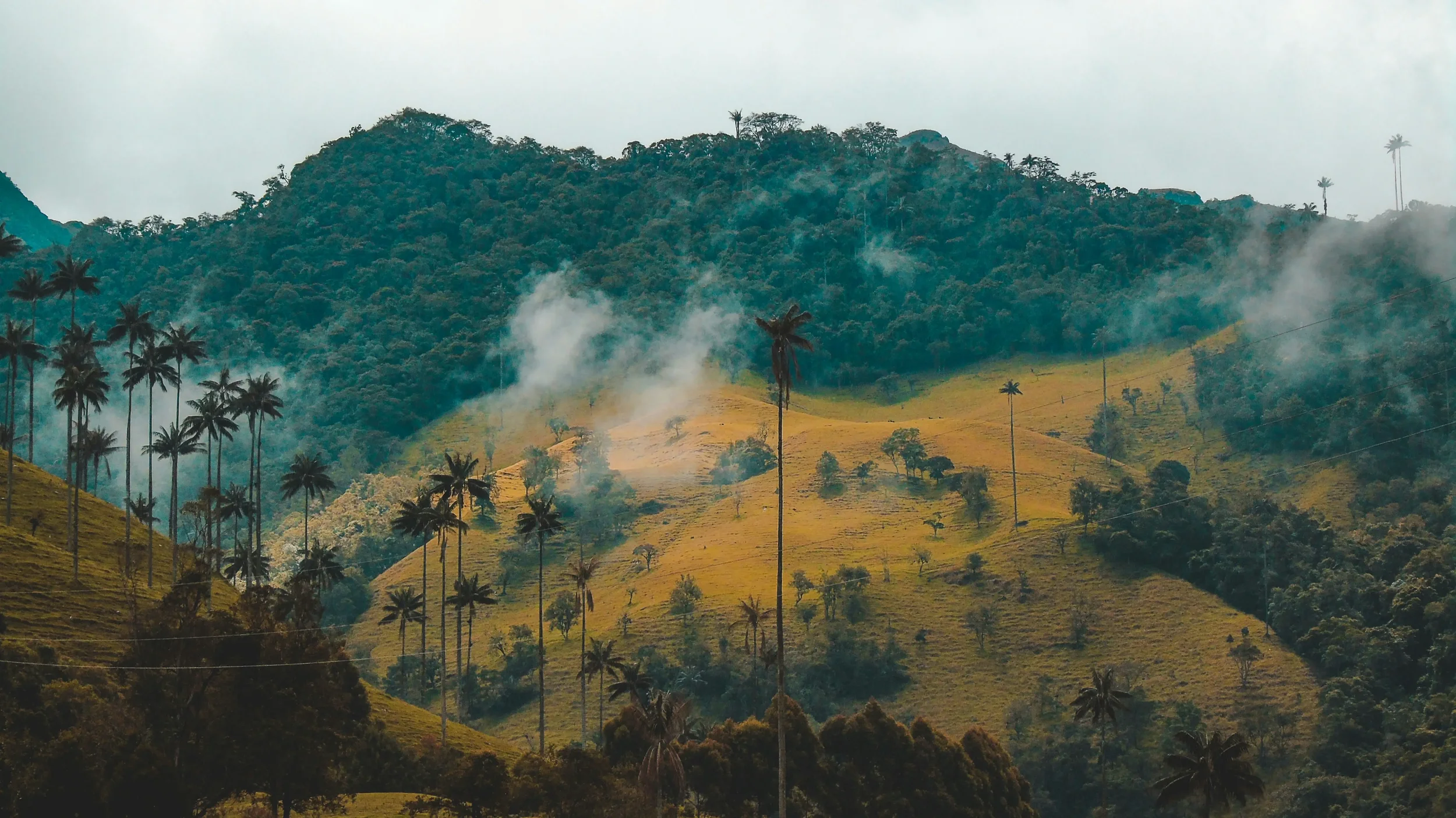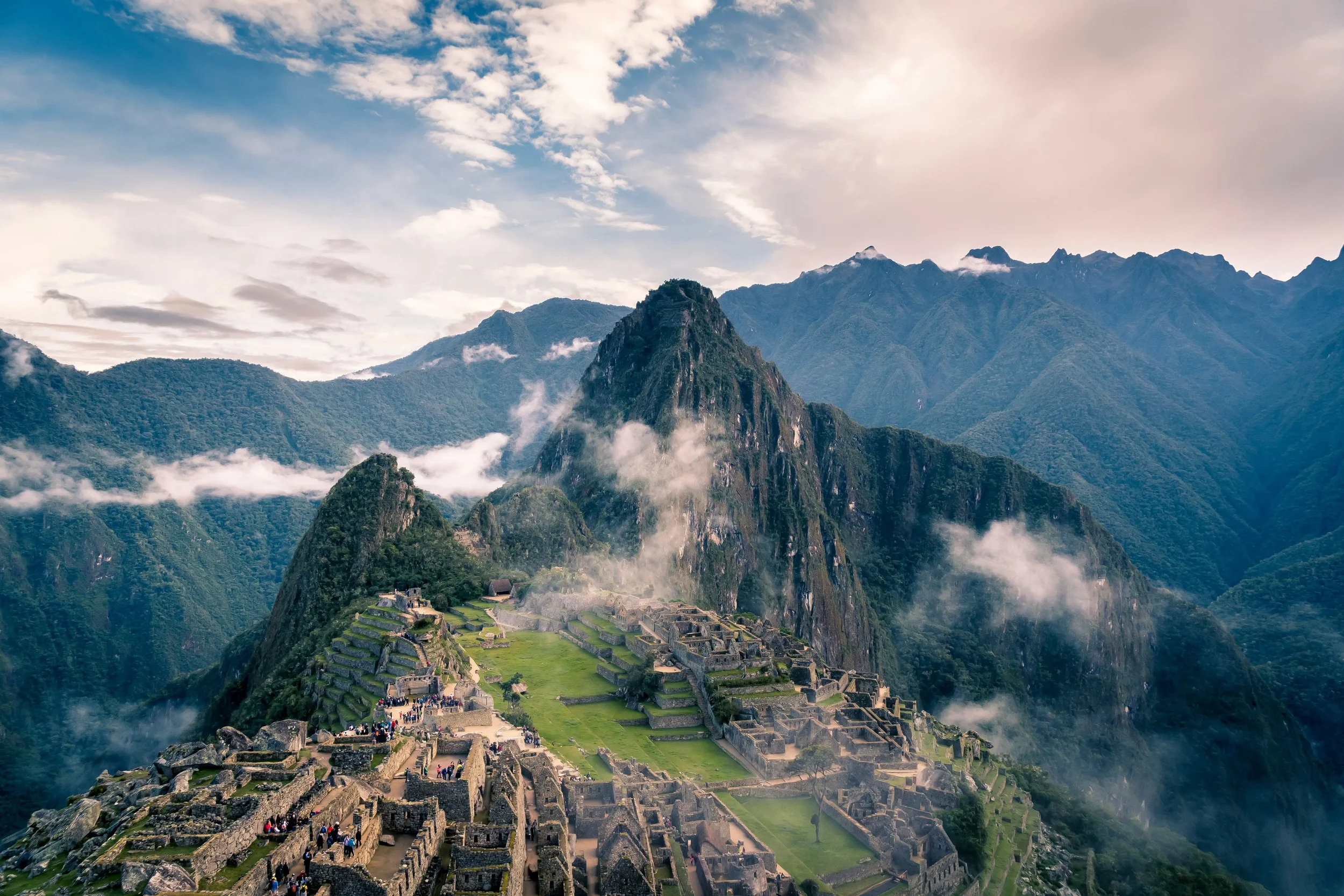Asia
-
![Thailand Beach]()
Thailand
Tropical beaches, vibrant cities, rich culture and unbeatable food -Thailand’s budget-friendly travel, party scene and diverse landscapes make it Southeast Asia’s ultimate hub for backpackers.
-
![Lush green terraced rice fields in a tropical landscape with scattered trees and a distant mountain partially covered with clouds, bathed in morning sunlight.]()
Indonesia
Indonesia has something for everyone: breathtaking beaches, lush jungles, unique traditions and delicious cuisine, spread across a vast archipelago shaped by deep traditions and striking contrasts.
-
![Vietnam river and boat.]()
Vietnam
A captivating blend of charm, beauty, culture and cuisine makes Vietnam an unforgettable destination that’s both adventurous and relaxing.
-
![A tranquil beach scene at sunset with a boat anchored near the shore, palm trees to the right, and a flock of birds flying in the colorful sky.]()
Philippines
The Philippines is a tropical paradise with stunning beaches, vibrant culture, warm hospitality and incredible biodiversity scattered across thousands of islands, each with its own rhythm.
-
![A colorful hot air balloon floating over a misty green landscape with trees and distant mountains.]()
Laos
Laos blends slow river travel, waterfalls, Buddhist temples and jungle hikes. It's off the beaten track, laid-back and often overlooked, but it is a rewarding place to just slow down and soak it all in.
-
![Angkor Wat temple complex reflected in a pond during sunset in Cambodia.]()
Cambodia
A treasure trove of ancient temples, breath-taking nature and friendly smiles. Life moves gently here, even in the heart of the city.
-
![A close-up of an adult orangutan with reddish-brown fur among green foliage, holding a small branch and looking at the camera.]()
Malaysia
Malaysia is a culturally rich nation offering incredible street food, vibrant cities, and lush rainforests in Borneo, perfectly balanced with relaxing, budget-friendly tropical island escapes.
-
![Mount Fuji with snow on top, viewed from a city below, with a traditional Japanese pagoda in the foreground on the right side.]()
Japan
Where ancient traditions meet the future. From serene temples to buzzing cities, Japan has it all. An unforgettable trip for anyone seeking great food, culture, and nature.
-
![A traditional Korean pavilion with a tiled roof, situated on a stone base in a body of water, with trees and a cloudy sky in the background.]()
South Korea
South Korea seamlessly blends ancient palaces and deep traditions with futuristic cities, K-Pop, and cutting-edge tech, all supported by delicious cuisine and efficient travel.
-
![Colorful prayer flags on a tree with a snow-capped mountain and dramatic cloud formation in the background.]()
Nepal
The world’s top trekking destination - including Everest & Annapurna. Nepal combines majestic mountains with deep-rooted spirituality and some of Asia’s warmest hospitality.
-
![The Taj Mahal in India at sunrise, with a reflecting pool, symmetrical gardens, and visitors walking around.]()
India
Chaotic, colorful and endlessly fascinating—India is a whirlwind of flavors, spirituality and contrasts. From sacred sites to street food, it is a place where budget travel opens the door to unforgettable experiences. India will challenge and transform every backpacker.
-
![An aerial view of a rocky shoreline with green palm trees at the bottom, and a turquoise ocean with several boats near the coast.]()
Sri Lanka
Sri Lanka offers safaris, surf towns, scenic train rides and ancient cities. Compact but packed with diversity, it’s a rising favorite among budget backpackers and nature lovers.
Central & North America
-
![A waterfall flowing into a turquoise pool surrounded by lush green jungle vegetation.]()
Costa Rica
Costa Rica is where rainforest trails lead to hidden waterfalls, monkeys swing through the trees, and the beach is never too far away. It’s a place where life really does slow down — the pura vida vibe is everywhere, from sleepy surf towns to lush national parks. Travel’s easy, with good bus routes and a well-trodden path, and the country’s focus on sustainability means you’ll find plenty of eco-friendly places to stay along the way.
-
![A wooden pier extends into a calm lake with mountains and a volcano in the background during sunset.]()
Guatemala
From misty volcanoes and crumbling Mayan ruins to colourful markets and still, blue lakes, Guatemala packs a lot into a small space. It’s rich in culture, shaped by Indigenous traditions, and full of dramatic landscapes that don’t feel overrun. Backpackers come for the raw beauty — and often end up staying longer than planned.
-
![The ancient Mayan pyramid, El Castillo, at Chichen Itza with a grass field and green plants in the foreground, and a partly cloudy sky in the background.]()
Mexico
Colorful towns, ancient ruins, street tacos, and beaches for days — Mexico offers wild variety, low costs, and a travel scene that’s as vibrant as its traditions. It’s a big country with something for everyone, whether you're into surf, history, food, or wandering between it all.
-
![A volcanic mountain with smoke and ash billowing from its crater and colorful, streaked slopes.]()
Nicaragua
Less polished, more wild — Nicaragua is a budget-friendly mix of surf beaches, volcano treks and jungle escapes. It has a raw, off-the-beaten-path feel, with fewer crowds and a gentle, slow pace.
-
![A small boat floating in turquoise water near a sandy beach with numerous palm trees, and two people relaxing on the shore.]()
Panama
Panama mixes modern cities and island life, jungle treks and Caribbean soul — all in a country you can cross in a day. The canal is its claim to fame, but there’s world-class surfing, wild nature, and a sense of variety that makes it perfect for travellers chasing something a little different.
South America
-
![Waterfalls flowing over lush green cliffs under a bright blue sky with scattered clouds.]()
Argentina
From icy Patagonia to late-night tango in Buenos Aires, Argentina brings together wild nature, European flair and a warm, welcoming spirit, from the glaciers of the south to wine country, Iguazú Falls, and the colorful northwest. It’s a surprisingly budget-friendly adventure for every kind of traveler.
-
![Aerial view of Rio de Janeiro featuring Sugarloaf Mountain, city buildings, and coastline with boats in the water.]()
Brazil
Wild jungles, world-famous beaches, carnival chaos and a contagious energy — Brazil is where adventure, music and nature collide, from the vast Amazon and wildlife-rich Pantanal to the vibrant cities of Rio and Salvador.
-
![Multiple vehicles driving across a flat, reflective salt flat under a cloudy blue sky.]()
Bolivia
Bolivia offers a wild ride through South America's most authentically Indigenous heartland. Journey from the dizzying heights of La Paz and the immense salt flats of Uyuni to the Amazon basin, Lake Titicaca, and the historic mining town of Potosí — experiencing breathtaking landscapes and vibrant culture at every turn.
-
![A herd of guanacos grazing on grassy terrain with snow-capped mountains and cloudy sky in the background.]()
Chile
From the otherworldly Atacama Desert to the jagged peaks of Torres del Paine, Chile’s extremes offer jaw-dropping beauty and an off-the-beaten-path feel for true explorers. Don’t forget the Carretera Austral, one of South Americas greatest roadtrips!
-
![Hills with green vegetation and scattered palm trees, some with visible smoke, under a cloudy sky.]()
Colombia
With its lush jungles, local charm, colorful colonial towns, coffee country hikes, Caribbean coastline and wild Medellin nights, Colombia creates amazing memories, and is fast becoming a backpacker favorite in Latin America.
-
![A sea turtle swimming underwater with a blurred background of ocean and rocks.]()
Ecuador
Ecuador packs a lot into a small space — from Amazon jungle adventures and Andean treks to colonial cities like Quito and Cuenca, and the one-of-a-kind wildlife of the Galápagos Islands. It’s one of South America’s most biodiverse countries, perfect for exploring wildly different landscapes in a single trip.
-
![View of Machu Picchu, the ancient Incan city, surrounded by lush green mountains with clouds and mist, in Peru.]()
Peru
Machu Picchu might steal the spotlight, but Peru’s lively cities, highland hikes, Amazon basin and world-class cuisine make it a South American essential. From the Sacred Valley and Colca Canyon to Lima’s food scene and the jungles of Iquitos, there’s something here for every kind of traveler.

